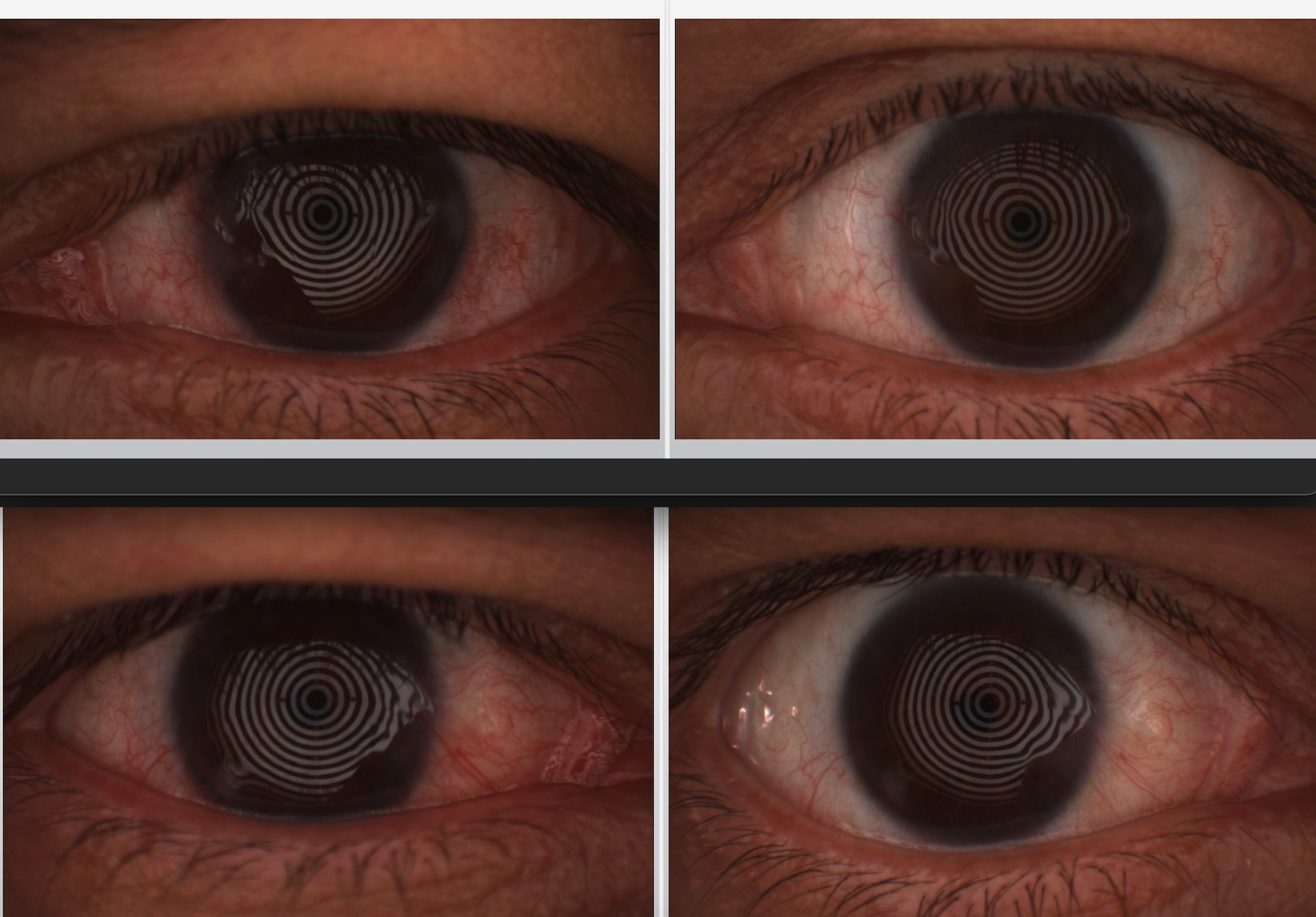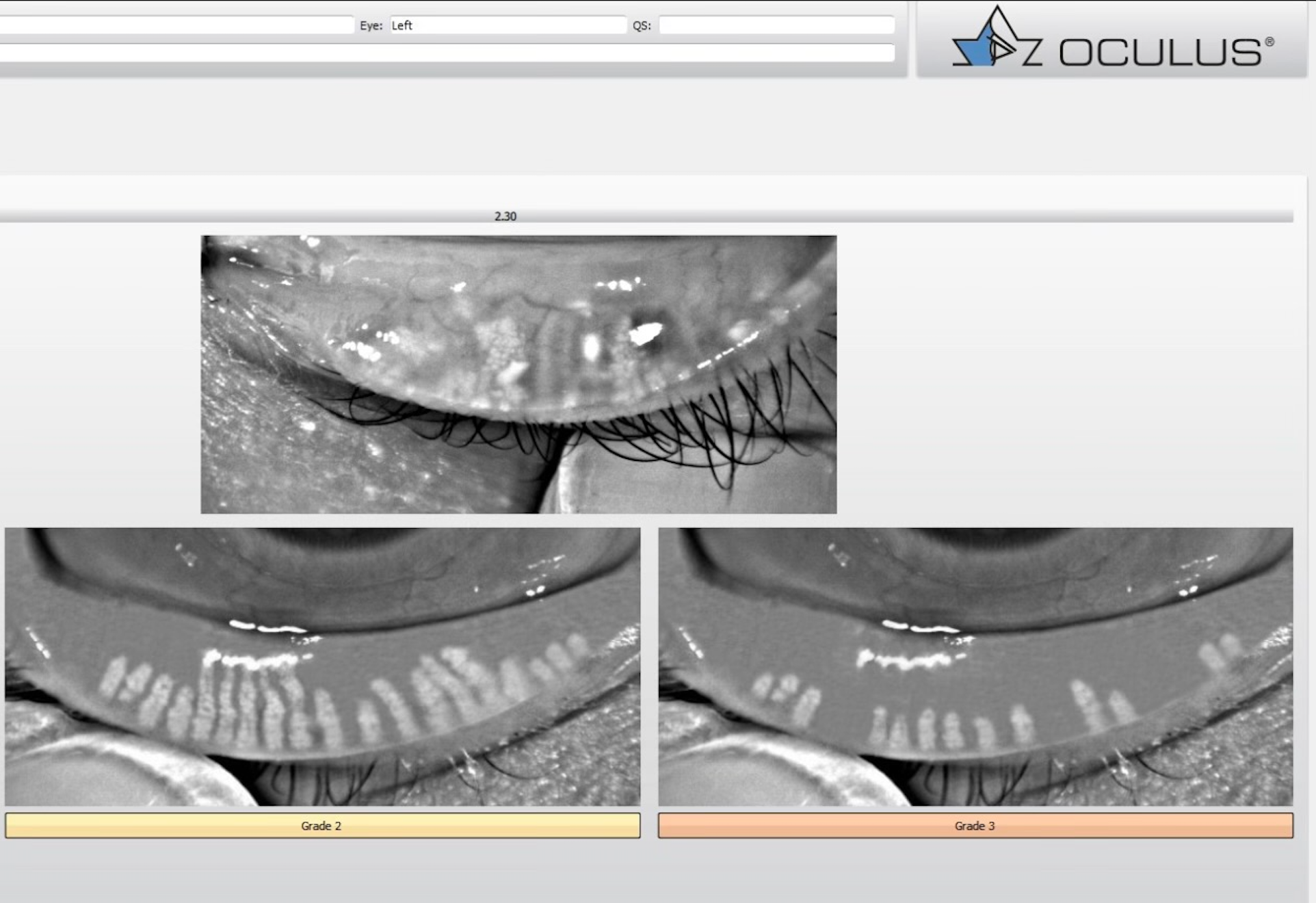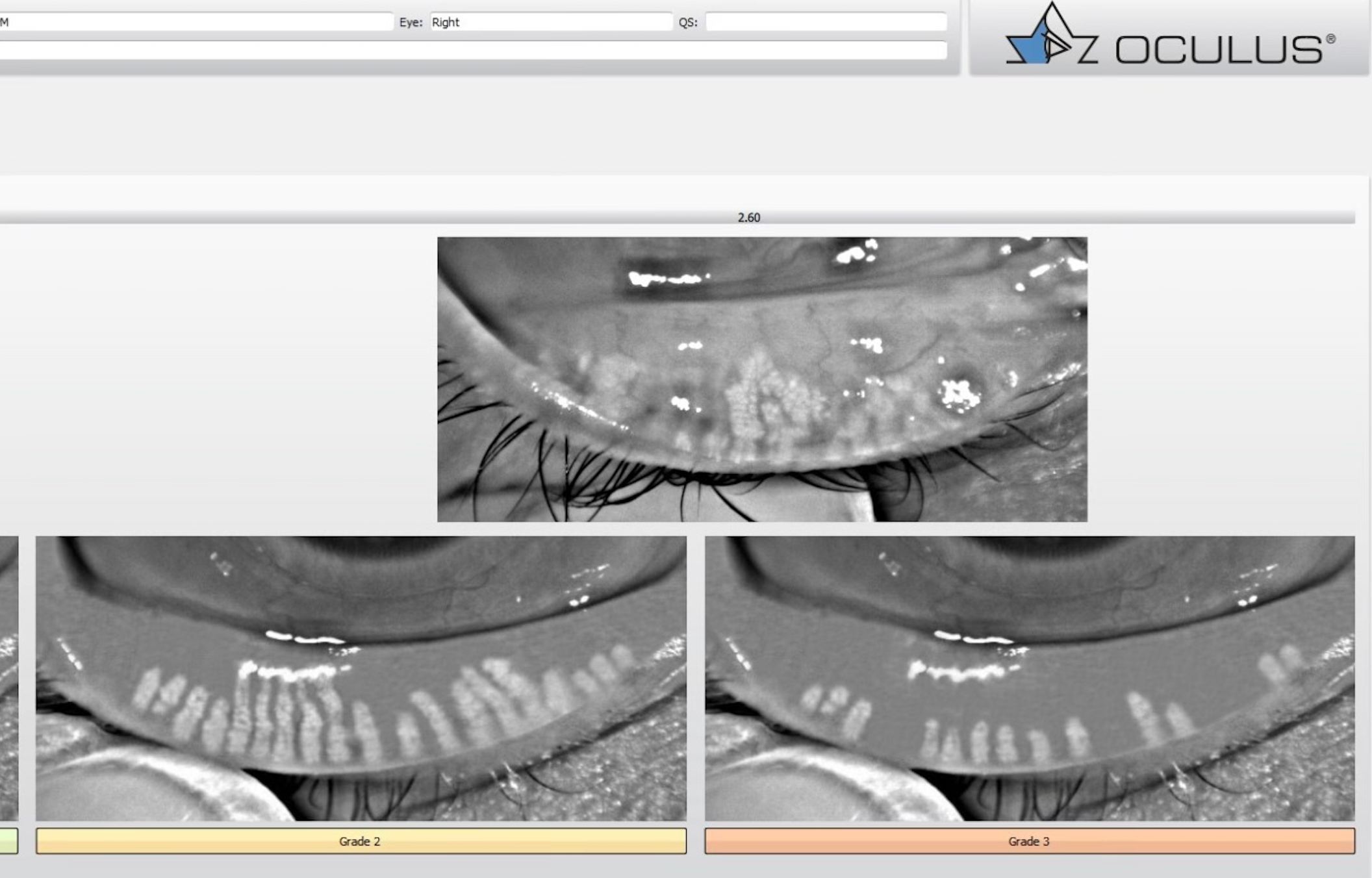How dry eye awareness social media campaigns benefit both patients and practices
One OD shares his experience launching a successful social media campaign for Dry Eye Awareness month—and offers 3 tips for crafting a message to capture an audience's attention.
A patient experienced significant reduction in conjunctival redness after 4 treatments with OptiLight IPL. Images courtesy of Kambiz Silani, OD.


I’ve always considered it important to promote awareness of dry eye disease (DED)—especially for a practice like mine that specializes in treating the issue.
But this July, when I Iaunched a coordinated effort to recognize National Dry Eye Awareness Month, I learned just how much awareness campaigns can do for the health of patients and the private practices that serve them.
Centered around the hashtag #dryeyejuly, my first major foray into social-media dry-eye awareness campaigns gave me an opportunity to reach existing and potential patients with messages of education and empowerment. Their response has been unprecedented, boosting their engagement with my practice and, ultimately, our community’s eye health.
It's a lesson I’m eager to share with my fellow eye care providers.
Crafting the Campaigns
To reach those likely to benefit from dry eye care, I designed parallel campaigns that I shared via email, LinkedIn, TikTok, Instagram, Facebook, and Twitter, supplementing the efforts with in-office posters and brochures.
In one campaign, my team rewarded patients with gifted or discounted “cleaner” eye care products for mentioning Dry Eye Awareness Month during a preventive office visit. In another campaign, we shared photos or video testimonials from patients about their eye health after treatments. I involved colleagues at other practices by creating a forum of top dry eye specialists across social media, encouraging them to tag each other in unique July posts featuring the hashtag, #dryeyejuly.
Our messages were simple: For those unfamiliar with dry eye, we emphasized that the condition is a disease that requires diagnosis and treatment, and that patients aren’t alone in experiencing it.
For patients with established but continually bothersome dry eye, we encouraged visits to our office for customized treatment plans aimed at reducing inflammation and restoring the ability of the eyelids to produce a healthy tear film.
Throughout July, I’ve seen our outreach make a meaningful difference in customer engagement. Not only did our email campaign log a significant open rate, but many patients mentioned Dry Eye Awareness Month during visits or when ordering products via phone or text.
Severe structural damage to the meibomian glands leading to dry eye can be seen in the left lower eyelids in these infrared meibography images captured by Beverly Hills Optometry.

It’s worth noting that I didn’t conduct my Dry Eye Awareness Month campaigns in isolation. Throughout the year, I spread the word about the condition by participating in local health fairs, inviting colleagues to shadow our practice, and sponsoring corporate lunch and learns.
New cases of dry eye arise every day. To capture the opportunity to help these patients, we need to make an ongoing effort to keep the lines of communication open.
Generating win-win results
I believe the main reason for the success of my Dry Eye Awareness Month campaigns is their relatability: Both the rewards program and the patient testimonials inspire readers to reflect on their own experiences with eye health.
In one post that I shared across social media forums, a college senior recalled the DED that made it uncomfortable for him to look at a computer screen, nearly ending his dream of becoming a software engineer.
Severe structural damage to the meibomian glands leading to dry eye can be seen in the right lower eyelids in these infrared meibography images captured by Beverly Hills Optometry.

During his first visit to my office, I treated the student with OptiLight Intense Pulsed Light (Lumenis), iLux 2 MGD Thermal Pulsation (Alcon), and microblepharoexfoliation with ZEST. Even before his second appointment, he was able to report to viewers that his condition had improved by 80%.
My practice has helped others with experiences just as dramatic: a mother who couldn’t watch movies with her child due to evening eye discomfort and people with light sensitivity so severe that they couldn’t drive and wore sunglasses into my office.
Employing such stories to capture our audience’s attention gave us a chance to explain why we can confidently pledge to be the ultimate destination for long-term dry eye relief—even for patients who have visited multiple practices in the past without success.
With that communication established, I was able to convey information about dry eye care in more detail. My threefold goals were to ensure that:
- Patients understood the causes of dry eye, including environmental conditions such as low humidity, windiness, and pollution; intrinsic or medically induced hormonal fluctuations; extended screen time; or issues related to cosmetics, contact lens wear, sleep, diet, stress or exercise.
- Patients could identify dry eye, rather than shrugging off symptoms such as blurry vision, red eyes, eye fatigue, styes or discomfort with contact lenses—or confusing them with other conditions.
- Patients were familiar with our suite of modern, evidence-based in-office techniques, including diagnostic imaging and advanced treatment technologies such as those that benefited my patient studying software engineering. Beyond that, I explained that each procedure pertains to a specific type of ocular surface disease, such as meibomian gland dysfunction (MGD), ocular rosacea, blepharitis, ocular allergies, lagophthalmos, stye, or others.
As patients made their first visits to our offices, we customized treatment plans for them, coupling in-office therapies with at-home treatments such as omega 3 supplements, warm compresses, lid hygiene techniques and a novel neurostimulation device that helps the eyelids produce healthy tears.
I have also had good results in recommending preservative-free lubricating drops for use at home—for instance, to ease acclimation to all-day contact lens wear after treatment, to soothe temporary dryness after LipiFlow (Johnson & Johnson), or as a buffer before using drops prescribed for inflammation.
My preferred brands are Optase MGD (Scope Health Inc), Oasis Tears (Oasis Medical), and the recently introduced iVIZIA line (Théa Pharma, Inc), which I have both used myself and gifted to patients.
All of these drops feature cutting-edge ingredients; for example, iVIZIA is the first in the US to combine viscosity-enhancing povidone with the disaccharide trehalose and hyaluronic acid, a great lubricator and protector of the corneal epithelium because it is capable of binding 1,000 times more water than its weight.
As I discuss treatment plans, I like to remind my patients that taking care of their eyes at home is just as important as brushing their teeth and flossing. After all, they wouldn’t expect two cleanings a year to keep their teeth clean and cavity-free!
Looking to next July
I’m excited about the response to our awareness campaigns this July and look forward to making a similar effort during Dry Eye Awareness Month next year. I encourage my colleagues to join me in helping to unite patients and practices against this debilitating but eminently treatable disease.
About the author
Kambiz Silani, OD
is the chief clinical director of Beverly Hills Optometry
He is a consultant for Johnson & Johnson Vision, Alcon, SightSciences, Lumenis, and NuLids.
Newsletter
Want more insights like this? Subscribe to Optometry Times and get clinical pearls and practice tips delivered straight to your inbox.
2 Commerce Drive
Cranbury, NJ 08512
All rights reserved.